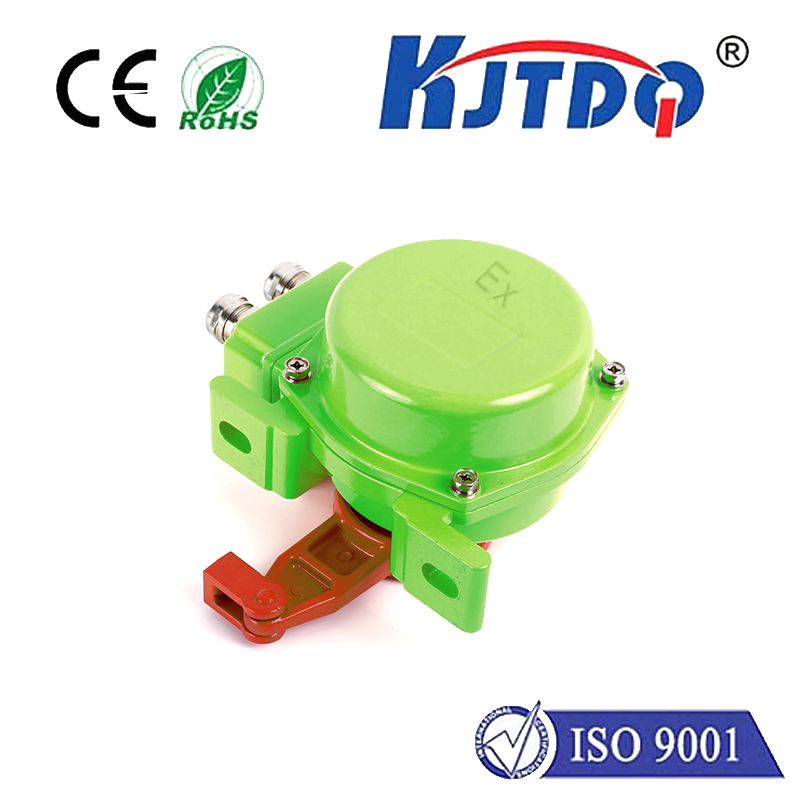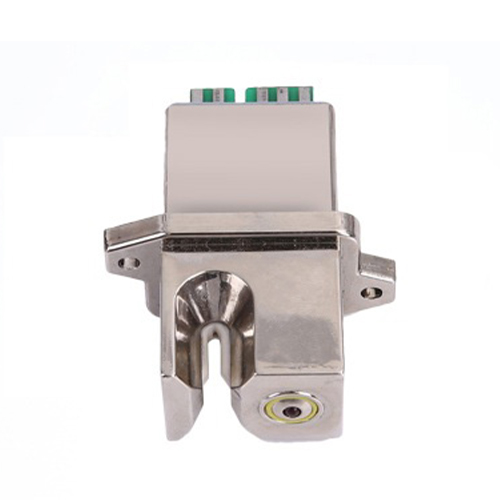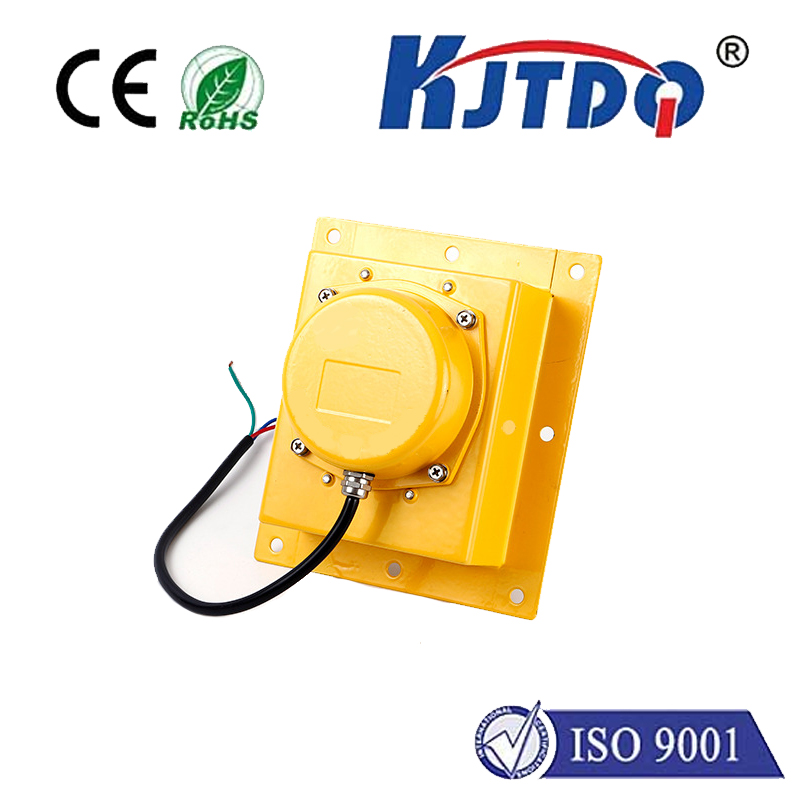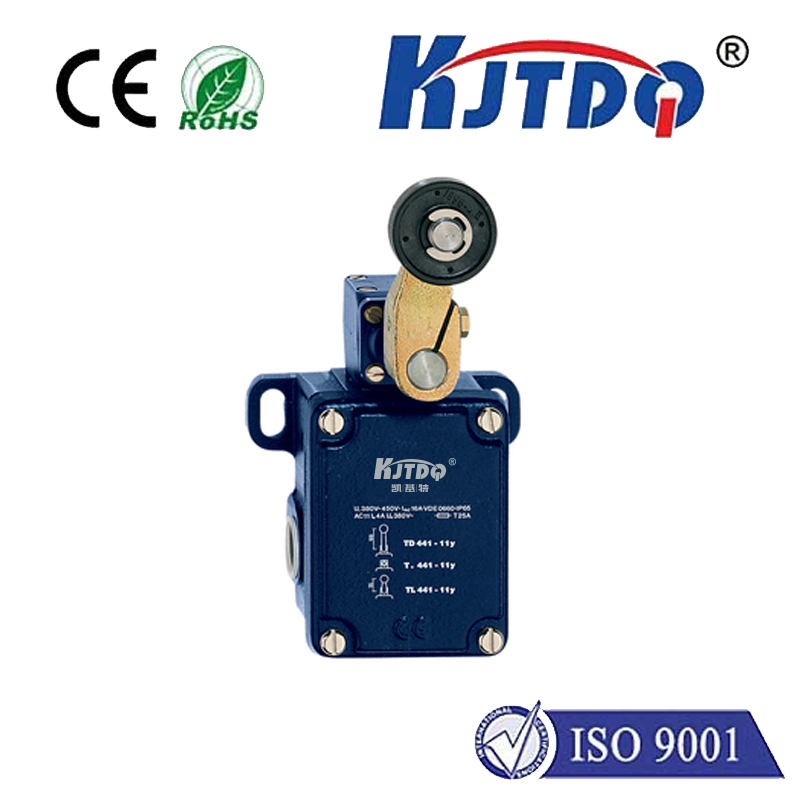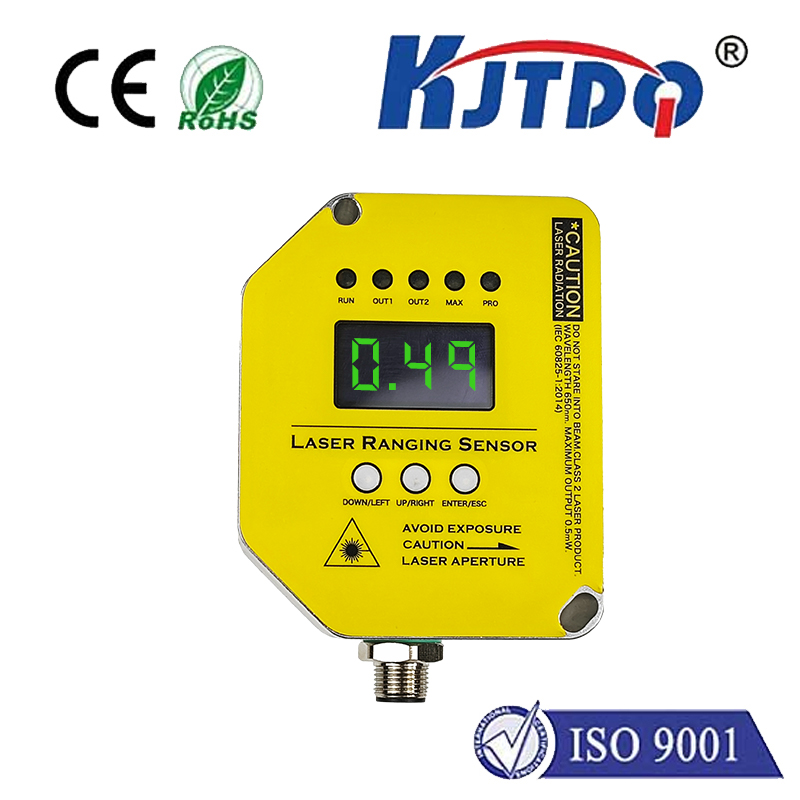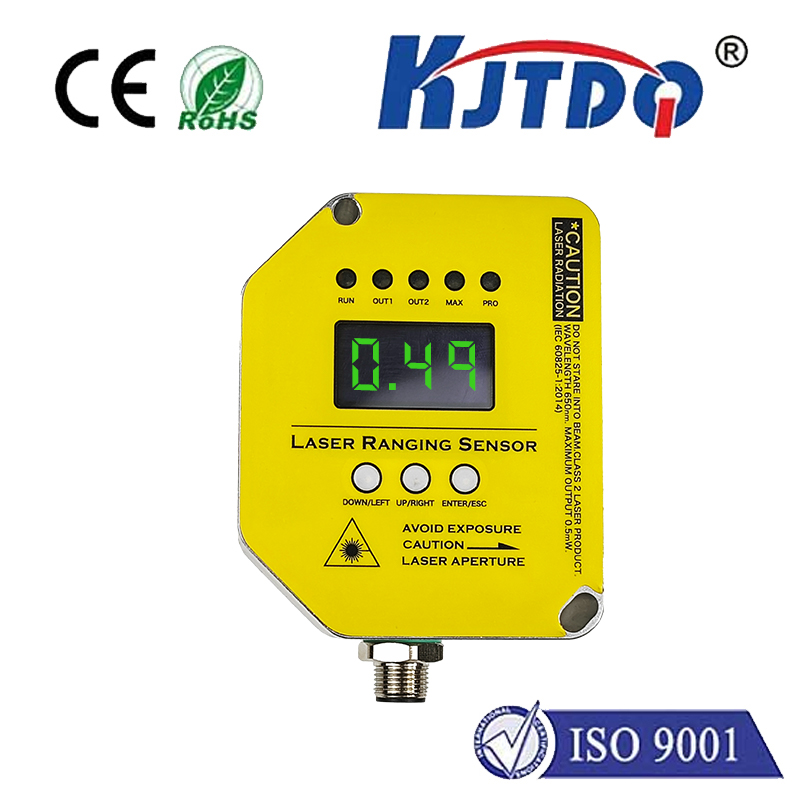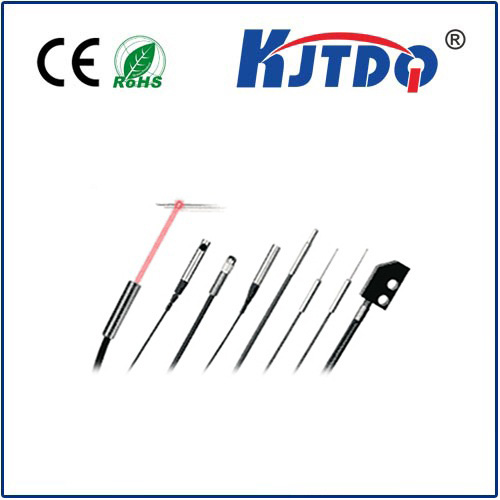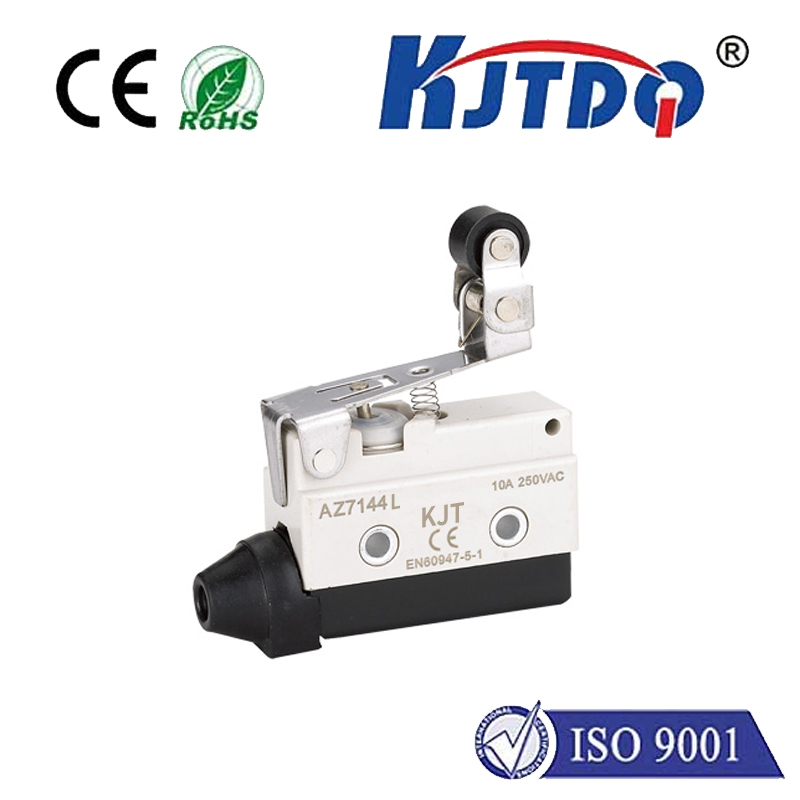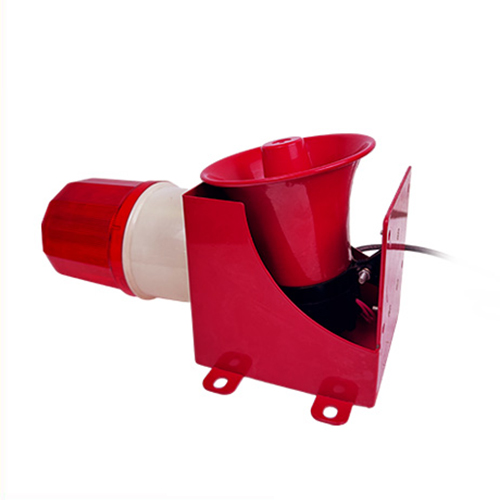pneumatic roller switch
- time:2025-07-31 02:26:16
- Click:0
Pneumatic Roller Switches: Enhancing Efficiency and Safety in Automation Control
Imagine a world where machines operate flawlessly, sensing their environment with precision, triggering actions at the exact right moment, all while enduring harsh industrial conditions. This reliable, silent sentinel often takes the form of a pneumatic roller switch, a cornerstone of modern automation. Far more than a simple button, these robust devices translate mechanical motion into crucial control signals using the power of compressed air, playing a vital role in countless industrial processes. This article explores the mechanics, benefits, and diverse applications of pneumatic roller switches, highlighting why they remain indispensable in demanding environments.
Understanding the Pneumatic Roller Switch: Operation Simplified
At its core, a pneumatic roller switch is a type of actuated limit switch that leverages compressed air. Unlike electrical switches relying on contacts opening or closing a circuit, pneumatic switches control airflow. Here’s the fundamental operation:
- Actuation: The defining feature is a spring-loaded roller lever protruding from the switch body. When an object (like a moving machine part, carriage, or product on a conveyor) makes contact, it physically depresses this roller lever.
- Internal Mechanism: The movement of the roller lever internally shifts a valve mechanism (often a poppet or spool valve). This action opens or closes internal air passages.
- Airflow Control: Compressed air is supplied to the switch via an inlet port. Depending on the valve’s new position caused by actuation, the air is directed:
- Either directly to an outlet port (signaling “actuated”).
- Or vented to atmosphere (signaling “released” or “home” position).
- Signal Transmission: The presence or absence of this output air pressure acts as the control signal. This “air logic” signal is then transmitted through tubing to control downstream pneumatic devices:
- Piloting pneumatic cylinders (to extend or retract).
- Actuating larger pneumatic valves.
- Triggering alerts or interlocks within an air logic control system.
Why Choose Pneumatic Roller Switches? Key Advantages

While electronic sensors proliferate, pneumatic roller switches offer compelling benefits, particularly in specific scenarios:
- Intrinsic Safety: This is their paramount advantage. Because they operate solely on compressed air and contain no electrical components, they are inherently safe for use in hazardous environments where explosive gases, dust, or flammable vapors are present. Electrical sparks are simply not a risk. They are the go-to solution for explosion-proof (Ex) rated areas.
- Robustness and Durability: Engineered from tough materials like stainless steel, brass, or robust plastics, these switches withstand extreme conditions – heavy impact, vibration, moisture, dust, dirt, high temperatures, washdowns, and corrosive atmospheres far better than many electronic counterparts. The mechanical design itself is inherently resilient.
- Simplified Installation and Maintenance: Working with air lines is often perceived as simpler and more forgiving than complex electrical wiring, especially for maintenance personnel familiar with pneumatics. Troubleshooting usually involves checking for airflow blockages or leaks, not complex circuits.
- High Overload Tolerance: Mechanically able to handle significant physical force applied to the roller lever without damage. They are less susceptible to damage from accidental impacts or over-travel compared to delicate electronic sensors.
- Immune to Electrical Interference: Being purely pneumatic, they are completely unaffected by electromagnetic interference (EMI) or radio frequency interference (RFI), which can plague electronic sensors in noisy industrial settings.
- Clear Position Indication: The often-distinct “click” or physical movement provides immediate tactile and audible feedback confirming actuation, which can be valuable for operators.
Diverse Applications Across Industries
The unique blend of safety, toughness, and reliability makes pneumatic roller switches ubiquitous:
- Material Handling & Conveying Systems: Detecting the position of pallets, boxes, or products on conveyors; signaling end-of-travel for transfer arms or lifts; confirming gate or door positions. Their ability to handle dust and impact is crucial here.
- Packaging Machinery: Controlling the stroke limits of pneumatic sealing heads, form-fill-seal machines, and cartoners; detecting product presence or position before a packaging operation.
- Automotive Manufacturing: Used extensively on assembly lines for position sensing on robotic arms, clamping fixtures, welding jigs, and transfer mechanisms, especially in paint shops or dusty environments.
- Food & Beverage Processing: Ideal for wet, washdown, high-hygiene, or potentially explosive (flour/sugar dust) zones. Detecting container positions, fill levels, or door closures on processing equipment.
- Woodworking & Metalworking: Position sensing on saws, presses, CNC routing tables, bending machines, and stamping presses where dust, chips, oil, and heavy vibration are common.
- Hazardous Location Equipment: Mandatory in zones classified for explosive atmospheres (ATEX, IECEx classifications) for controlling valves, actuators, and safety systems where electrical devices are prohibited.
Critical Selection Considerations
Choosing the right pneumatic roller switch requires careful thought:
- Operating Environment: Assess temperature extremes, presence of chemicals, oils, water/washdown needs, dust levels, and explosion hazard classification (IP rating, NEMA rating, ATEX/IECEx certification).
- Actuation Type & Force: Roller lever shape, length, and orientation (side push, top push, etc.) must match the application’s approach angle. Required actuation force varies and must be suitable for the intended object. Look for models with precise actuation force adjustment.
- Valve Function: Normally Open (NO - airflow blocked until actuated), Normally Closed (NC - airflow present until actuated), or universal (configurable). Understand what the downstream device requires.
- Port Size & Flow Rate: Should match the air supply and meet the flow requirements of the pilot device being controlled. Ensure adequate airflow capacity.
- Housing Material: Brass for corrosion resistance in harsh industrial or marine settings, stainless steel for extreme corrosion resistance and washdown, plastic for lighter duty/cost-sensitive applications.
- Repeat Accuracy: The precision with which the switch consistently actuates at the same position is vital for high-precision machinery.
Troubleshooting Essentials
Common issues often have straightforward pneumatic solutions:
- No Output Signal: Check air supply pressure and flow; ensure inlet is connected. Inspect for kinked or blocked tubing. Verify the roller lever moves freely and fully actuates the valve. Listen for leaks.
- Weak Output Signal: Look for restrictions in tubing or fittings. Ensure downstream device isn’t consuming more air than the switch can supply. Check supply pressure. Look for internal valve wear.
- Leaking: Identify leak location (exhaust port, body seal, tubing connection). Tighten connections or replace seals/gaskets as needed. Internal valve damage may require switch replacement.
- Switch Doesn’t Reset: Debris jammed in the mechanism? Bent or damaged roller lever or return spring? Clean thoroughly or replace damaged parts.
Pneumatic roller switches represent a perfect synergy of mechanical ingenuity and pneumatic power control. Their unparalleled safety in hazardous areas, exceptional durability under punishing conditions, and straightforward operational logic ensure they remain a fundamental component in the backbone of industrial automation. From controlling the precise stroke of a critical cylinder on a high-speed assembly line to safely signaling position in a potentially explosive grain silo, these robust air-operated sentinels continue to deliver reliable performance, proving that sometimes the most effective solutions are elegantly simple.






